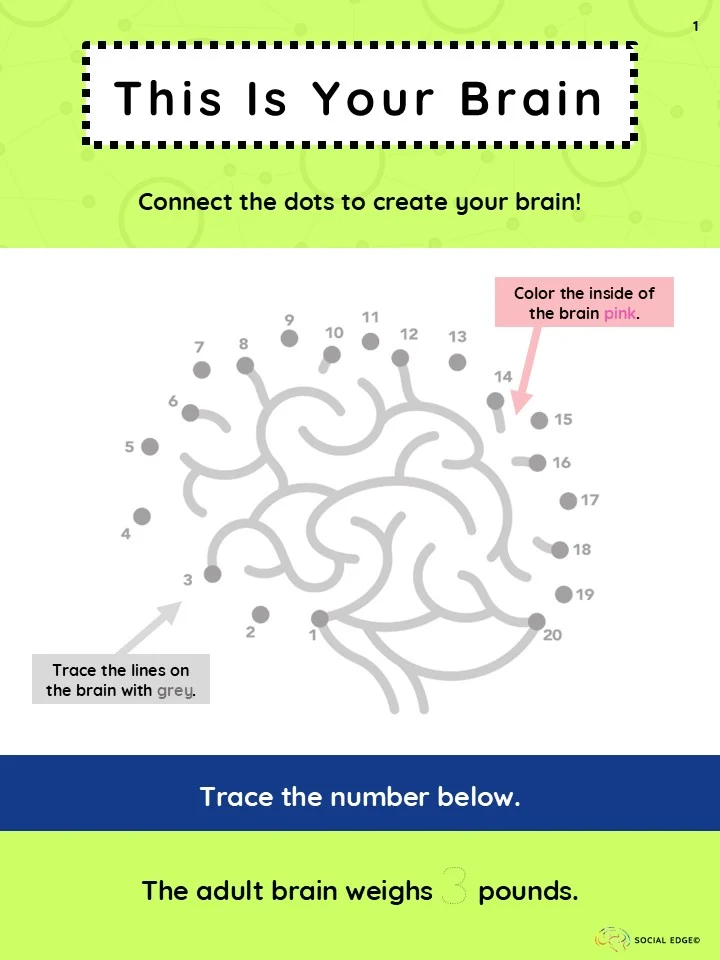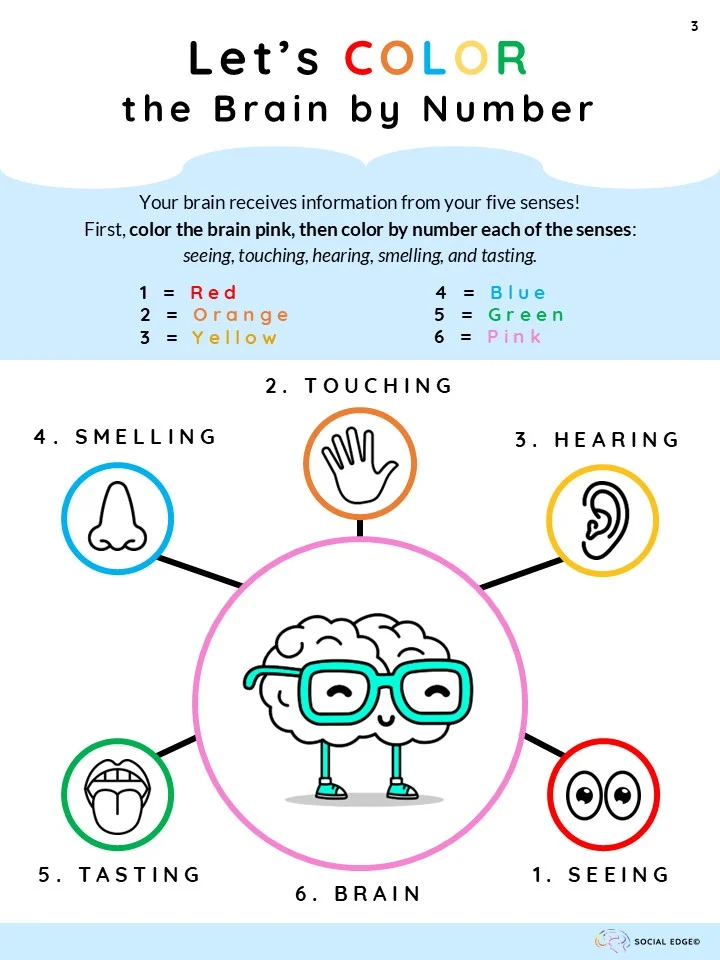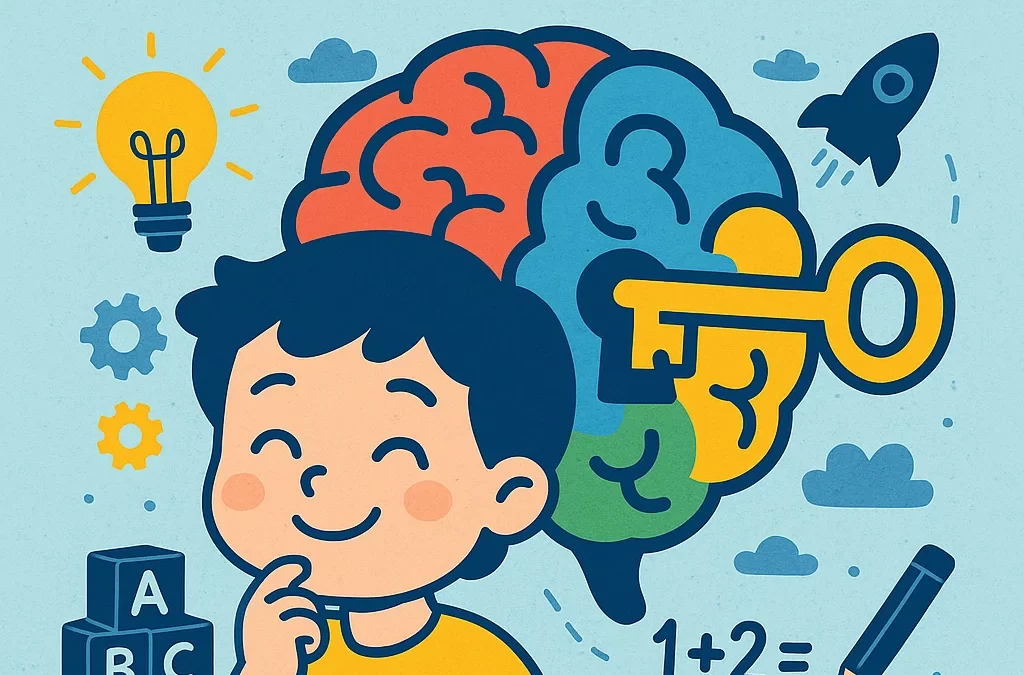By Social Edge Ambassador: Ishita Singh
From the moment they are born, children begin exploring the world through their five senses—sight, sound, touch, smell, and taste. These sensory experiences help shape the way they understand their surroundings and how they interact with the world. But behind every curious glance, every reaction to a sound, or every delighted giggle is the brain—the body’s command center—working hard to process information, make decisions, and guide their actions.

The human brain is incredibly powerful, and it begins developing even before birth. As children grow, their brains continue to evolve, helping them think, feel, and react to different situations. Teaching kids about how their brains work might sound complex, but in reality, it’s one of the most important things we can do for their growth and development. When children gain insight into how their brains function, they also start to understand themselves better. They begin to learn why they feel certain emotions, how they remember facts and experiences, and why they sometimes act impulsively or make mistakes.
For example, take the amygdala—a small, almond-shaped part of the brain that plays a big role in processing emotions like fear, excitement, and anger. When children understand what the amygdala does, they can start to recognize why they might feel scared before a big test or overly excited during a birthday party. Knowing that these emotions come from a specific part of their brain can be empowering. It helps children realize that emotions are natural and manageable, not random or uncontrollable.
From Brain-Based Emotional Intelligence for Pre-K & K!

Learning about the brain also introduces children to the concept of emotional regulation. When kids understand the brain’s role in how they react, they can begin to pause and reflect before acting. They might take a deep breath when they’re upset, talk through their feelings, or choose a calming activity to help them cope. These are essential skills—not only for childhood but for life.
In addition to emotional awareness, understanding brain functions can boost learning and memory. When kids understand how the brain stores information and how attention affects memory, they can develop better study habits and learning strategies. They learn that getting enough sleep, eating healthy foods, and practicing mindfulness can actually improve their brain’s performance. This gives them a sense of control and confidence in their abilities, both in and out of the classroom.
From Brain-Based Emotional Intelligence for Pre-K & K!
Integrating brain and sensory education into early learning doesn’t have to be complicated. It can be as simple as reading books about the brain, doing fun experiments with the senses, or talking openly about feelings and thoughts. These activities help children connect their physical experiences with brain processes, strengthening their self-awareness and sense of identity.

Teaching kids about their brains also encourages mindfulness—the practice of being present and aware of one’s thoughts and surroundings. When children practice mindfulness, they become more in tune with how they feel and what they need in the moment. This not only improves emotional well-being but also enhances focus, creativity, and resilience.
Ultimately, helping children understand how their brains and senses work gives them powerful tools to navigate the world with confidence. It empowers them to make thoughtful decisions, understand their emotions, and appreciate the unique way they experience life. By introducing brain and sensory learning early on, we’re not just teaching science—we’re laying the foundation for lifelong self-awareness, empathy, and mental well-being.
After all, knowing how we experience the world is the first step to truly appreciating it—and to becoming kind, confident, and curious individuals.

